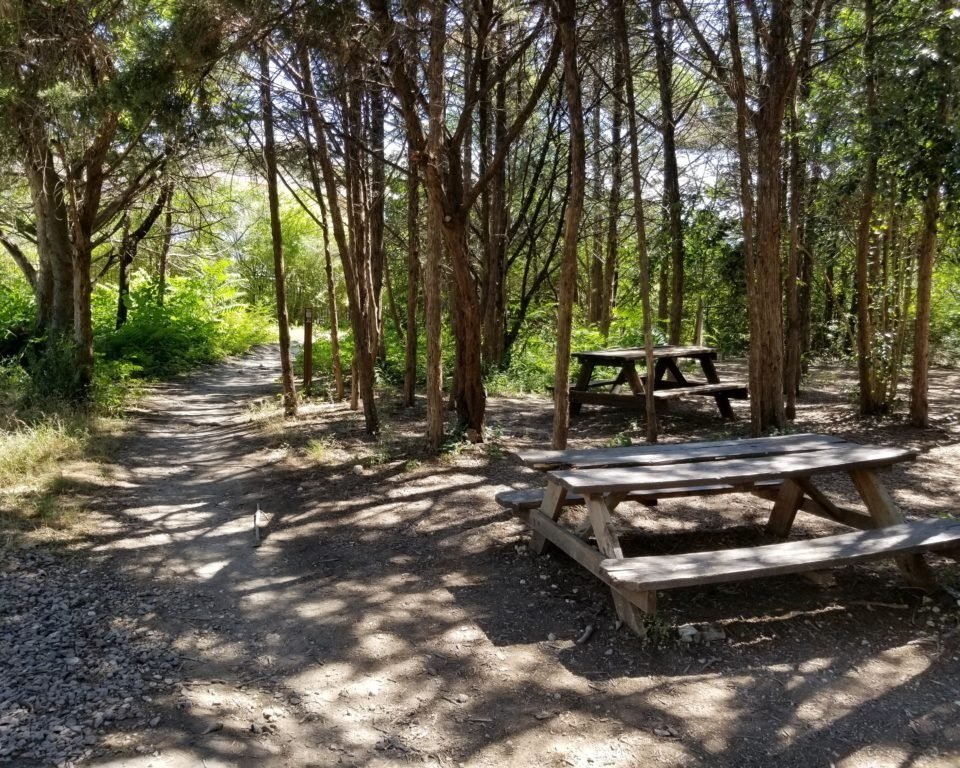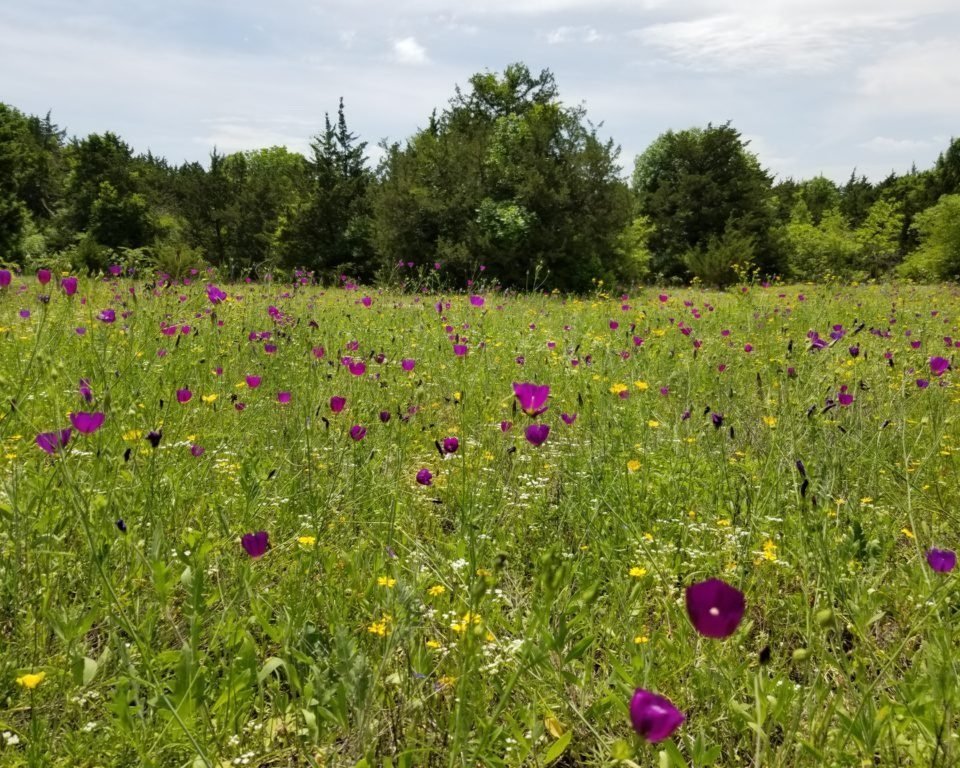The History of OCNP: A Win-Win-Win Solution
In my twenty years as a board member for Texas Land Conservancy, I have often been asked how I got involved with TLC. The answer is simple: Oak Cliff Nature Preserve.
The story begins in 1998, when the Circle 10 Council of the Boy Scouts decided to sell its 169-acre Camp Brooklawn property in Southwest Dallas. A local senior-housing developer was interested in the property but faced a series of problems:169 acres was too much land for a senior-housing project; much of the topography would be difficult to develop; and because the land was zoned for single-family uses, a controversial zoning change would be required.
At the urging of City Council Member Laura Miller, the developer contacted the Southwest Dallas Neighborhood Association—then headed by performer, playwright, and civic activist David Marquis. David reached out to me as an attorney experienced in representing neighborhood groups in zoning cases. Over several months of negotiations, a deal began to take shape. The developer would purchase the property from the Boy Scouts and then donate 113 acres as a nature preserve in exchange for the neighborhood’s support for zoning 46 acres to senior housing and 9½ acres to retail development. The result would be a win-win solution.
But who would own and manage the nature preserve? Two possibilities emerged: Dallas County or the Natural Area Preservation Association (now TLC). Ultimately, the neighborhood preferred a group whose primary purpose was the preservation of open space. And so, in 2000 NAPA’s Oak Cliff Nature Preserve was born. Eight acres were added by a further donation in 2002.
As you might expect, monitoring and maintaining order in a 121-acre urban nature preserve can be a challenge. Illegal dumping and other illicit activities became a problem. But in 2006, NAPA found a further win-win solution, through partnership with the Dallas Off-Road Bicycle Association (DORBA). DORBA developed eight miles of all-purpose trails within the preserve. Its members enjoy recreational opportunities at the preserve while their presence serves to deter unwanted activities. They also serve as a nucleus of volunteers for frequent preserve maintenance and improvement projects.
And so, OCNP has become a win-win-win solution for everyone. As TLC’s flagship urban preserve, it provides an oasis of open space in the middle of a metropolis. TLC members, DORBA members, and the public can hike, bike, birdwatch, and otherwise enjoy the natural setting. The preserve is an excellent example of collaboration between land trusts and community recreation organizations.
But how did I become involved with TLC? The answer is simple. In 2000, after OCNP was established, TLC founder Ned Fritz called and asked if I would join the board. Knowing Ned, I knew he wouldn’t give up until the answer was yes. Twenty years and seventy more preserves later, it’s a “yes” I have never regretted.



